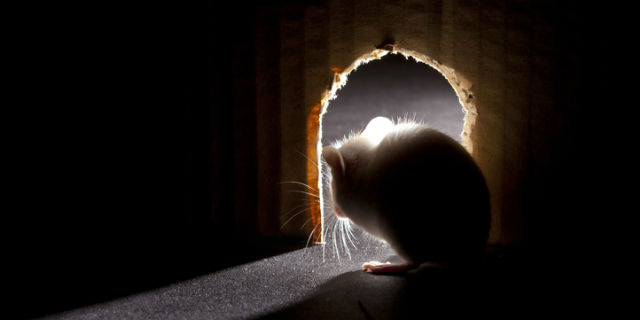


Nothing can be damaging and expensive than a rodent infestation. Rodents have small bodies that fit through small spaces. That’s something that makes it easy to access structural points of your house like the roof, around the house perimeter, crawl space, and inside the attic.
The last thing you’d want to be dealing with as a northern New Jersey homeowner are rodents during winter. Below is a look at why rodents invade after summer and signs of infestation. We also look at how to prepare the attic to fight a rodent infestation.
Rodent infestations become more frequent after the summer. At this time, rats and mice look for shelter from the freezing weather, and the only convenient place could be your home. What’s more, it’s difficult for them to find food sources during winter, and a house provides them with a convenient food source.
The attic offers rodents with quick access to moisture and food. Rats and mice love a warm and cozy environment, which is what the attic offers during winter. Rodents also enjoy a quiet space. Although you may spot them running around in search for food, they want their nest in an undisturbed area.
Also, the attic has a lot of nesting materials like old boxes, insulation materials, and newspapers. That simplifies their work further.
Pests like mice, rats, squirrels, and insects can damage any stored items and even cause fire due to the chewed electrical cables.
Rats and mice leave a trail of evidence once they’ve inhabited the attic. Some of the common signs that could indicate a rodent infestation include:
Once you’ve confirmed that there’s a rodent infestation in the attic, you need to take the necessary rodent control measures to fight this infestation.
It’s critical to gear up before attempting to clean your attic, wear protective gloves, hats, pants, and sleeves to protect yourself from allergens and irritants. Be sure to wear a mask to avoid inhaling harmful substances.
If your attic has boxes or other items that may make your cleaning difficult, you need to get rid of them.
Rodents take advantage of gaps in vents or rooflines to get into the attic. The holes are tiny, and you may have to pay close attention to notice them. You can also use a black light to look for possible entry points.
Once you’ve discovered the entry gaps, you need to seal them off using steel wool. You can use a clear silicone gel to bolt the steel in place and block any airflow.
After sealing any entry gaps, it’s time to trap and remove any rodents already living in the attic. You can do this using a trap. Use a live catch trap or a snap trap.
Spring is an excellent time to check on the quality of insulation, look for moisture-causing old, and clean up. You can also choose to clean at the beginning of winter. It’s also essential to inspect, clean, and seal the attic anytime you hear noises, or you notice the above signs in your attic.
Sometimes it’s difficult to clean your attic by yourself. Although you may partly clean the attic, you still need to replace the insulation, something that only professionals can handle. At PermaKill, we know how to handle the cleaning process after a rodent infestation.
Our expert will walk you through the cleanup process, which may include insulation removal. The process also involves decontamination, sanitizing the attic, and cleaning up the work area. Contact us today for rodent proofing services to prevent re-infestation.